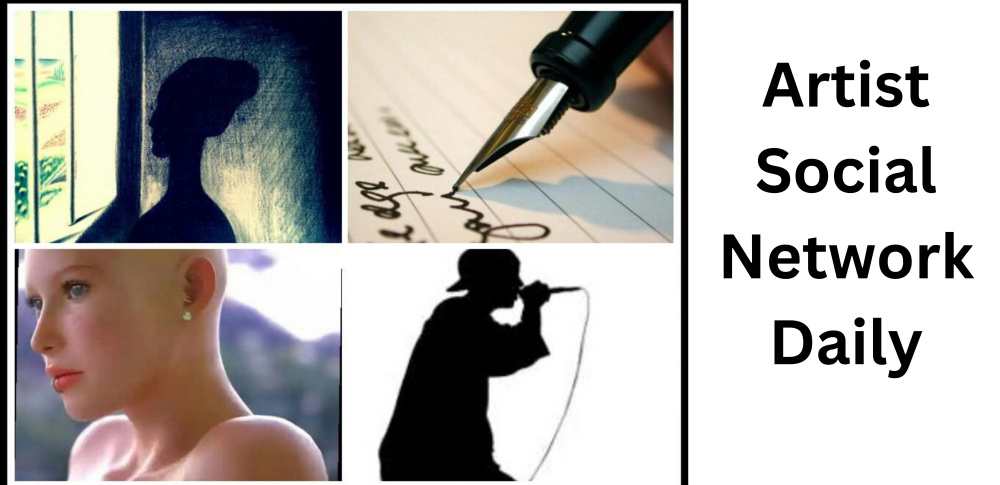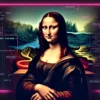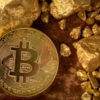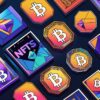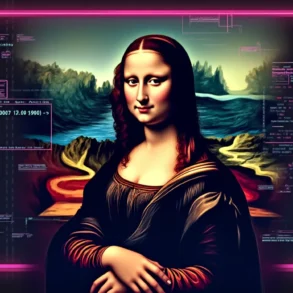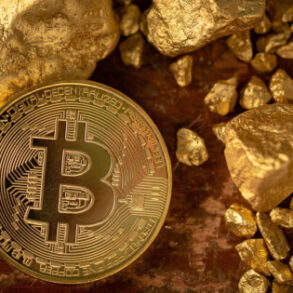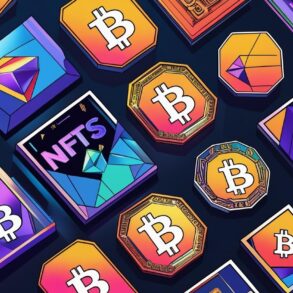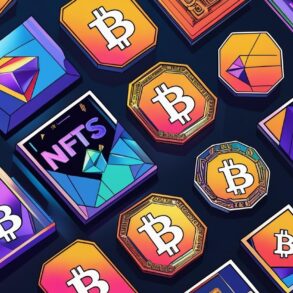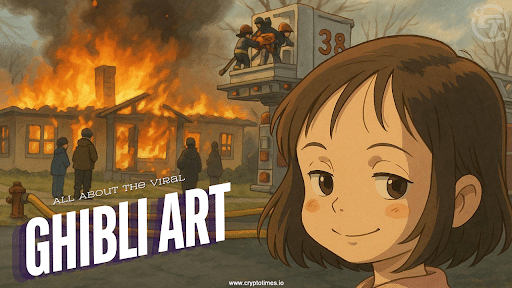
Since ChatGPT launched the “Ghibli Art” feature in their chatbot services, netizens, including global leaders, have been embracing the viral trend on social media platforms such as X and Instagram.
Social media is overflowing with this unique art; netizens are turning popular memes, their favorite selfies, movie scenes, and even day-to-day objects into this iconic anime art form. But have you ever wondered about the backstory behind Ghibli anime art and how this feature got adopted by OpenAI?
History of Ghibli Art
Ghibli Art is the unique artistic style associated with Studio Ghibli, a famous Japanese animation company co-founded in 1985 by Hayao Miyazaki, Isao Takahata, and Toshio Suzuki. Studio Ghibli is rather well-known in the animation business and has a dominant portfolio that includes two television movies, television commercials, and short movies, among other media.
Also Read: How to Make Studio Ghibli AI Images for Free on ChatGPT?
Among the ten highest-grossing Japanese feature films are four films from Studio Ghibli, including Spirited Away. Spirited Away was the 2002 Golden Bear winner as well as the 2003 Academy Award for Best Animated Feature.
The Boy and the Heron received the Academy Award for Best Animated Feature, the BAFTA Award for Best Animated Film, and the Golden Globe Award for Best Animated Feature 2024.
There is also an intriguing story about the name Ghibli. The name Ghibli was selected by Hayao Miyazaki; the Italian word Ghibli is the callsign of Italy’s Saharan spy plane, the Caproni Ca.309. Miyazaki chose the name due to his passion for aviation and his belief that the company would revolutionize the animation industry.
Inspired by raccoon dogs, Totoro from the 1988 film My Neighbor Totoro is their mascot and their most famous symbol.
The Present Ghibli Fever
OpenAI created waves on various social media when it released its built-in image-generating capability. Originally unveiled on Tuesday as part of GPT-4o, OpenAI’s most recent tool has astounded users with its ability to replicate the iconic Ghibli look.
From well-known movie sequences to personal experiences, proposals, and even tragic events, everything is being created in Ghibli-style imagery, and consumers are following the trend.
OpenAI had said, “At OpenAI, we have long believed image generation should be a primary capability of our language models. That’s why we’ve built our most advanced image generator yet into GPT‑4o. The result is image generation that is not only beautiful but also useful.”
While ChatGPT leads in Ghibli art creation, other AI models such as Grok-3, Microsoft’s Copilot, and Google’s Gemini are not far behind. While other AI models offer similar image generators, ChatGPT takes the lead.
The 4o Image Generation by ChatGPT
OpenAI had said when it launched its 4o image generator that the company always believed that image generation should be a primary capability of its language models. It says that its most advanced image generator, GPT-4, is not only beautiful but also useful.
OpenAI has stated, “GPT‑4o image generation excels at accurately rendering text, precisely following prompts, and leveraging 4o’s inherent knowledge base and chat context—including transforming uploaded images or using them as visual inspiration. These capabilities make it easier to create exactly the image you envision, helping you communicate more effectively through visuals and advancing image generation into a practical tool with precision and power” on its website.
How can users create Ghibli art?
Thanks to ChatGPT and other AI features, netizens can now generate their Ghibli visuals with ease.
Here is a step-by-step guide to making your own Studio Ghibli art for free:
STEP-1: Visit the ChatGPT webpage.
STEP-2: Log in with your credentials.
STEP 3: Upload the images you want to be generated in Ghibli.
STEP-4: Enter simple text instructions containing the words “Studio Ghibli” once the ChatGPT interface shows to create AI-stylized graphics.
STEP-5: Modify the images as per the requirement by giving specific prompts and then download.
Ghibli fever started “melting GPUs”: OpenAI
As the Ghibli trend rapidly expanded on social media, it had a significant toll on OpenAI’s resources. OpenAI’s CEO, Sam Altman, has said that this viral trend was depleting the company’s resources.
“It’s super fun seeing people love images in ChatGPT. But our GPUs are melting. We are going to temporarily introduce some rate limits while we work on making it more efficient. Hopefully it won’t be long! ChatGPT’s free tier will get 3 generations per day soon.” Sam made this announcement in his post on X.
Concerns over copyright violation and Hayao’s Disgust
Furthermore, there are rising concerns regarding copyright violations. Although OpenAI’s recently released native picture-generating technology isn’t presently under litigation, copyright violations with some previous systems raise many questions. Previously sued are text-to-image converters Midjourney and Stability AI. They were sued for producing unauthorized derivative works.
Furthermore, OpenAI’s image generator has also prompted renewed discussions over the role of AI and art. Even Hayao Miyazaki has been a vocal critic of AI-driven creativity. In 2016, after seeing an AI-made animation, he said, “I am utterly disgusted. I would never wish to incorporate this technology into my work at all. I strongly feel that this is an insult to life itself. I feel like we are nearing the end of times. We humans are losing faith in ourselves.”
Final Thoughts
OpenAI has delighted many users with its most recent and original image generator after improving its GPT-4o model.
The FAD of Ghibli Art created by ChatGPT is viral all over X and Instagram This original work abounds on social media; netizens are transforming daily objects, their preferred selfies, movie scenes, and even popular memes into this distinctive form.
This post was originally published on this site be sure to check out more of their content
